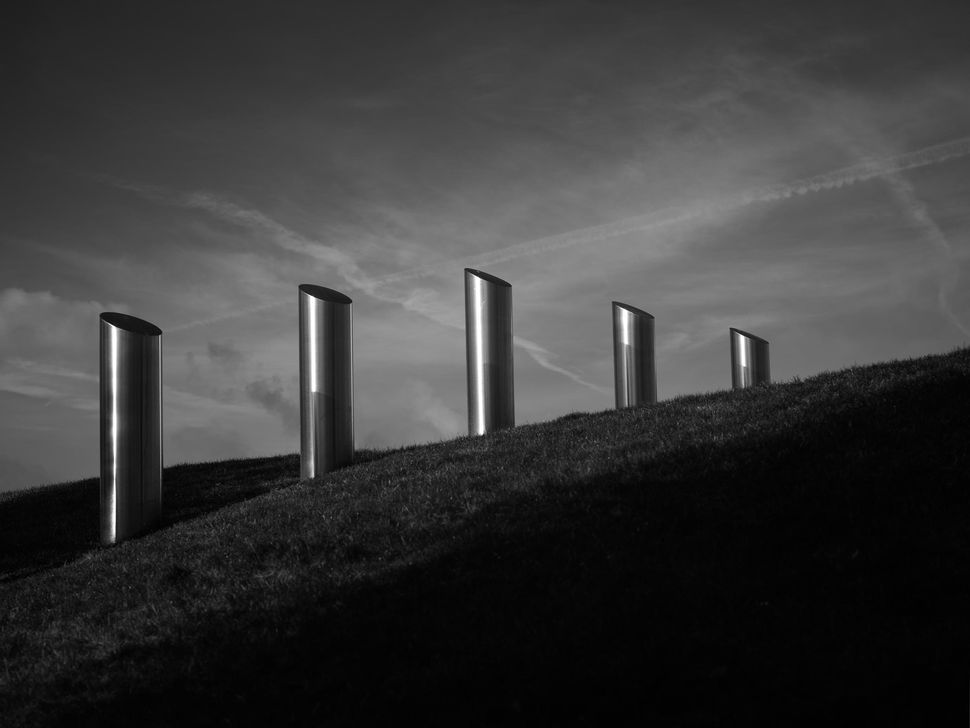
Monochrome Photoshoot with Andrew Hoyle
Andrew Hoyle, London based professional photographer and photojournalist test drives PhaseOne camera technology for the first time on a monochrome photoshoot and finds out he has much to learn from this modular system. Read his blog below on his experience below.
I’m a professional photographer with more than 15 years of experience. Still, I was daunted when I took a £54,000 camera system out for a photoshoot test drive.
“I normally shoot on Canon 6D which costs £1,500, with a lens. On this occasion however I’d be using the Phase One XF IQ3 Achromatic — a 100-megapixel, black-and-white-only camera with a “medium format” sensor that’s much bigger than the sensor on my Canon. It’s also significantly more expensive at £54,000. It produces a dynamic range (the amount of information captured in the the highlights and shadows) that far surpasses what a DSLR can achieve and delivers images so detailed they can be comfortably printed on billboards. As such, it’s reserved for only the most high-end commercial photographers.”
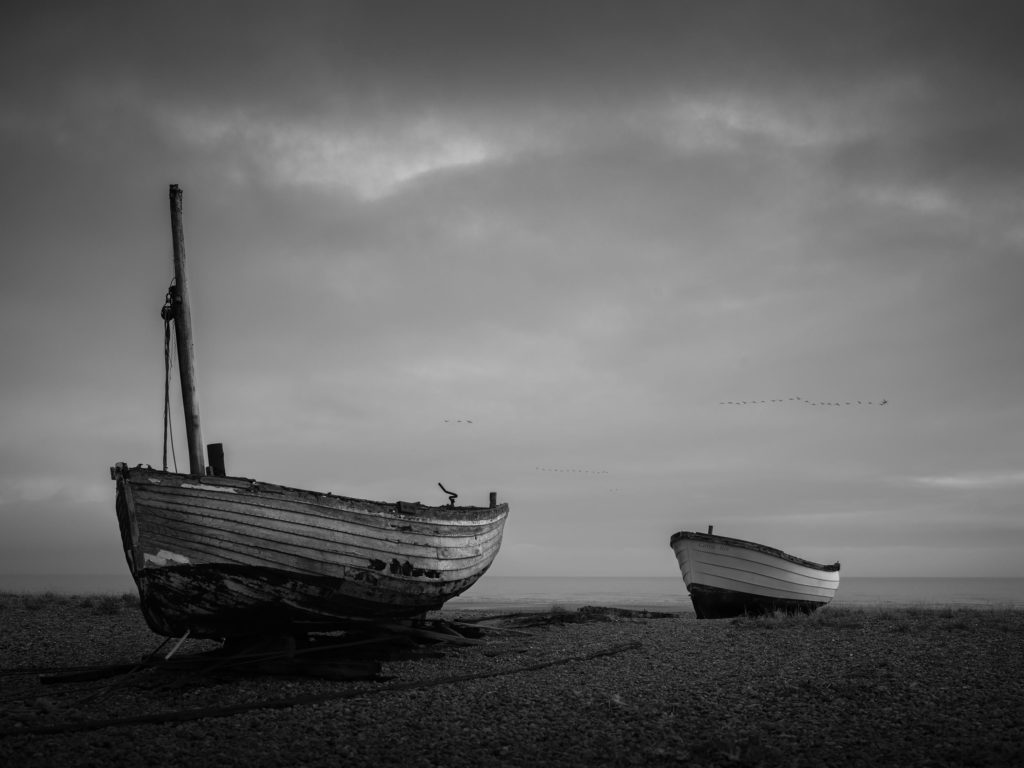
“This camera’s so fancy that PhaseOne insisted on sending a technician to my home to give me a two-hour demo before I was even allowed to go out shooting.
Why did I need the training? Because shooting with this camera demands consideration. To get the best shots I had to think less about the hardware and more about the exact images I wanted to create. Not every scene translates well into a black and white image, so I needed a clear idea of which shots would work best. Unlike with my regular Canon 6D, I couldn’t simply shoot hundreds of images and then decide whether or not to convert them to black and white afterwards.
Happily, all that effort paid off. At the end of two separate shoots, I came away with better artistic black and white images than I’ve ever taken before — and learned a lot about how I approach photography.
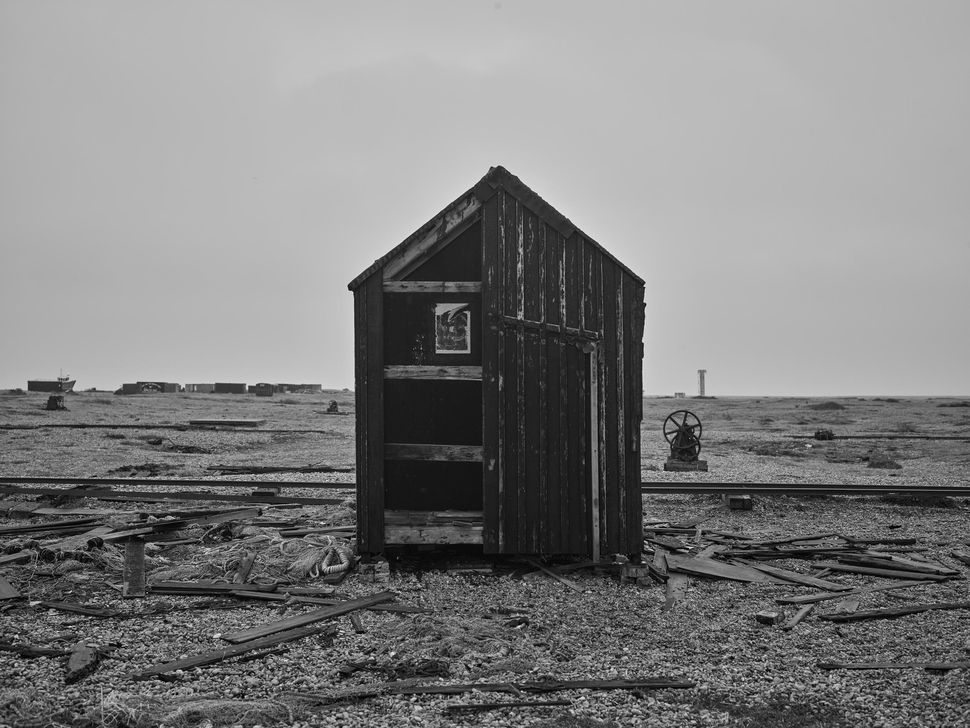
A bleak coast, but great shots
“For my first shoot, I went to Dungeness on the English Channel. This coastal area is made up of sprawling shingle beaches, dotted with numerous abandoned, decaying boats, dilapidated huts and fishing equipment strewn across the landscape.
Shooting for black and white therefore takes a thoughtful approach. A black and white image’s success lies entirely in the interplay of light, shadow and texture.
I knew the aged, rotting wood of the boats among the stoney coastline would be perfect. The textures of the weather-worn wooden ribs of the boats stood out wonderfully against the round pebbles of the beach. The weather was cloudy, with a low mist hanging over the area that gave the scene an eerie, ethereal look.
Questioning Every Scene

“I had to ask myself a near-endless stream of questions in each location. Was the light in the right place? Am I in the right position to get the best composition? Is the focus in the right spot? Am I getting the correct exposure from the settings? If the answer wasn’t always “yes”, I didn’t take the shot. Sure, I could simply delete and retake an image if I wasn’t happy with it, but the amount of thought necessary for each shot means that wouldn’t be the most efficient way to use this camera.
All that thinking slowed the shooting process, and that’s perhaps my favourite thing about using this camera.
While I can rattle off hundreds of shots in a short time on my Canon (when I shoot a wedding, I might take as many as 3,000 images), every shot I took on the Phase One I considered at length before I hit the shutter button.
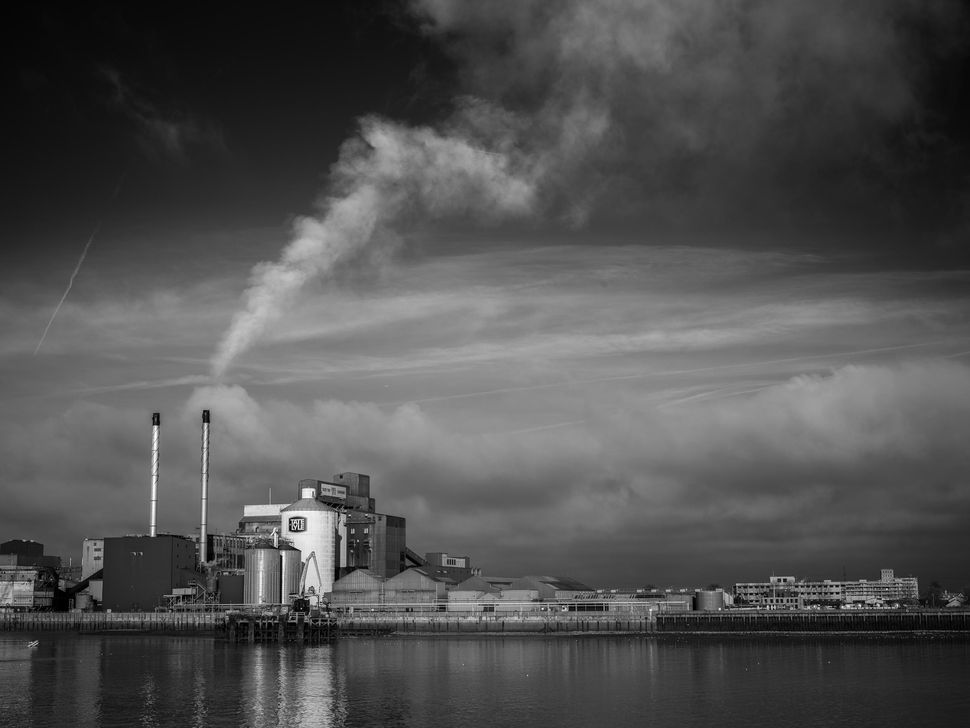
“The same was true the following day when I took the camera, plus three lenses, to East London to follow the Thames River footpath. Here I’d also spent serious time considering this location and knew that this part of the river would be lined with industrial buildings, old wooden piers and other urban elements that would translate well to black and white. I carried all my kit in my Manfrotto backpack, meaning that each time I wanted to take a shot, I had to take the camera out of the bag and set it up. It was such a slow way of working that I found myself being unusually critical of every scene I found, only going to the effort of shooting it if I knew I’d get a great result.
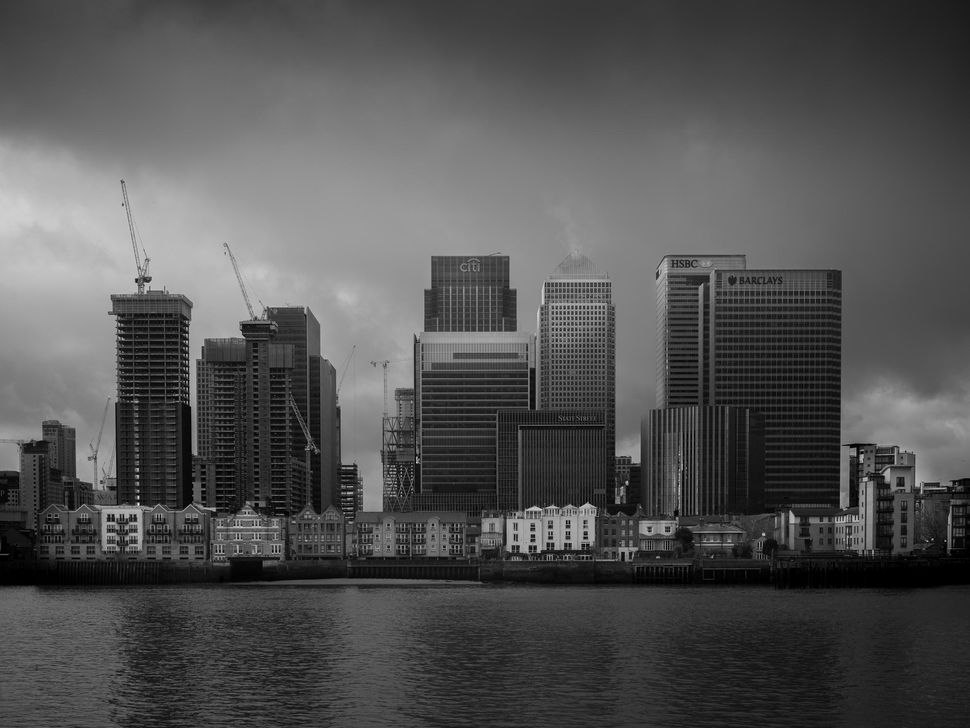
“All the shots are captured raw (not in JPEG format), so every image I took needed processing in Phase One’s Capture One software. For pros working in studios, that’s a standard part of the process, but it does slow down the time between taking the image and sharing it online. That said, because I’d taken time to consider each shot, I only had to spend time processing the ones I already knew were keepers.
It was during processing that I really saw the benefit of the Phase One XF. The medium format sensor gave my images a vast amount of dynamic range, allowing me to lift shadows and tone down highlights in ways that simply aren’t possible with the smaller sensor on my Canon 6D.
And the detail from the 100-megapixel files is unbelievable, with even tiny bits of fractured wood from the boats clearly visible when you zoom in.
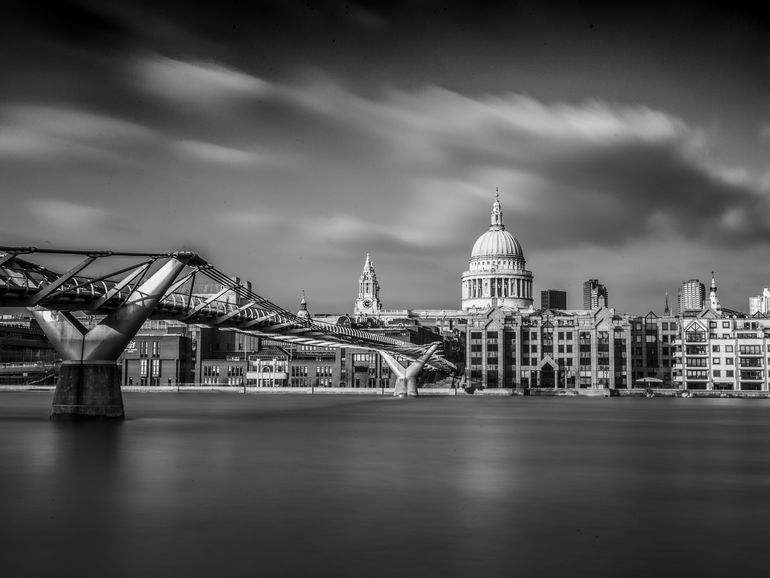
“The Phase One system demands a slower pace of work from the moment you even consider a shot until the moment you publish it. It forced me to think about every aspect of each photo I was taking in a way that I don’t do when I’m firing off hundreds of frames in a matter of minutes with my DSLR. As a result, every shot I took from my days out were considered photos, with every element of light, contrast and composition thought out.
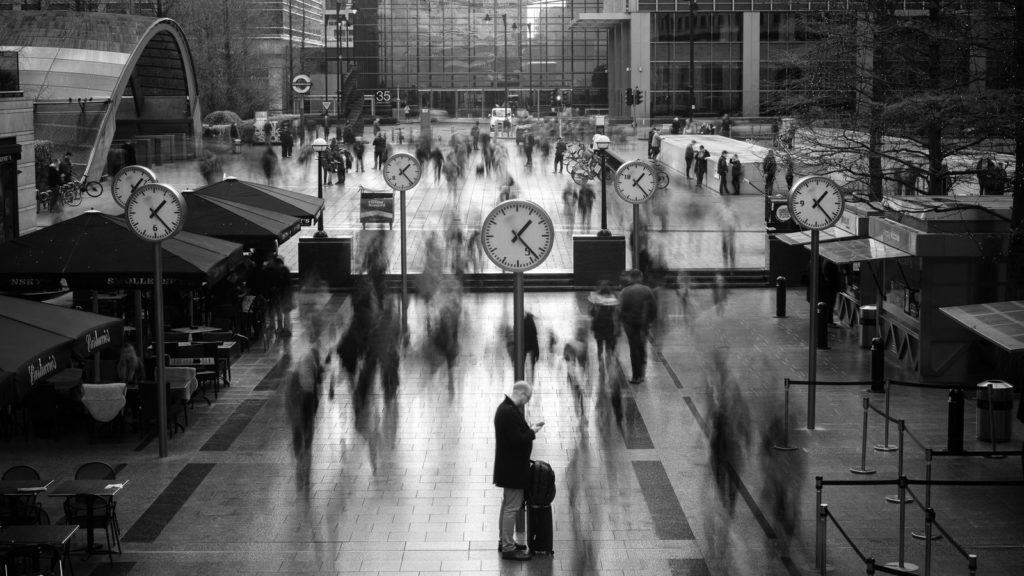
And that’s precisely the point of using a camera like this. It’s not about shooting as fast as possible and it’s certainly not what I’d use on a hectic shoot where every second counts. It’s not what you need for a family holiday or for shooting parties where you want to capture quick, candid moments as they happen.
What it does is provide high-end pros with awesome, unmatched image quality.
Just using it for a couple of days taught me a lot about how I approach my own photoshoots, the value of slowing things down and when to stop and think about the photos I’m taking.



